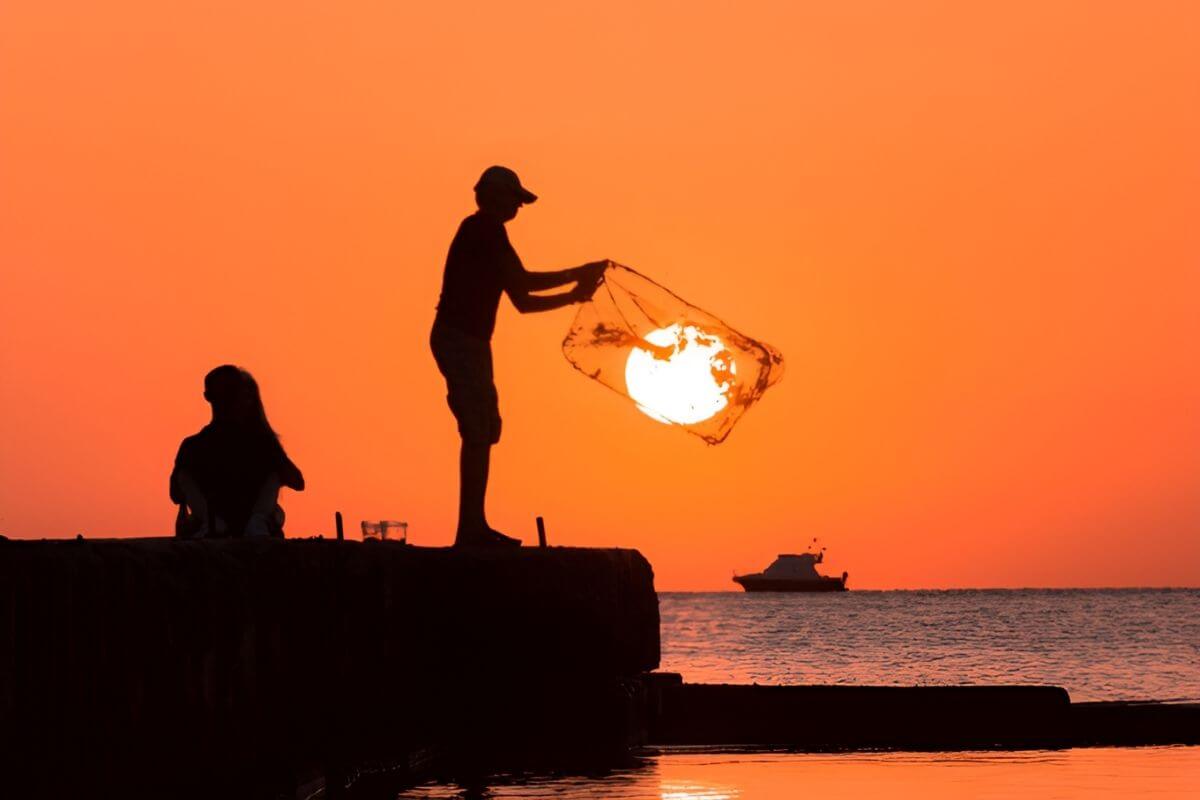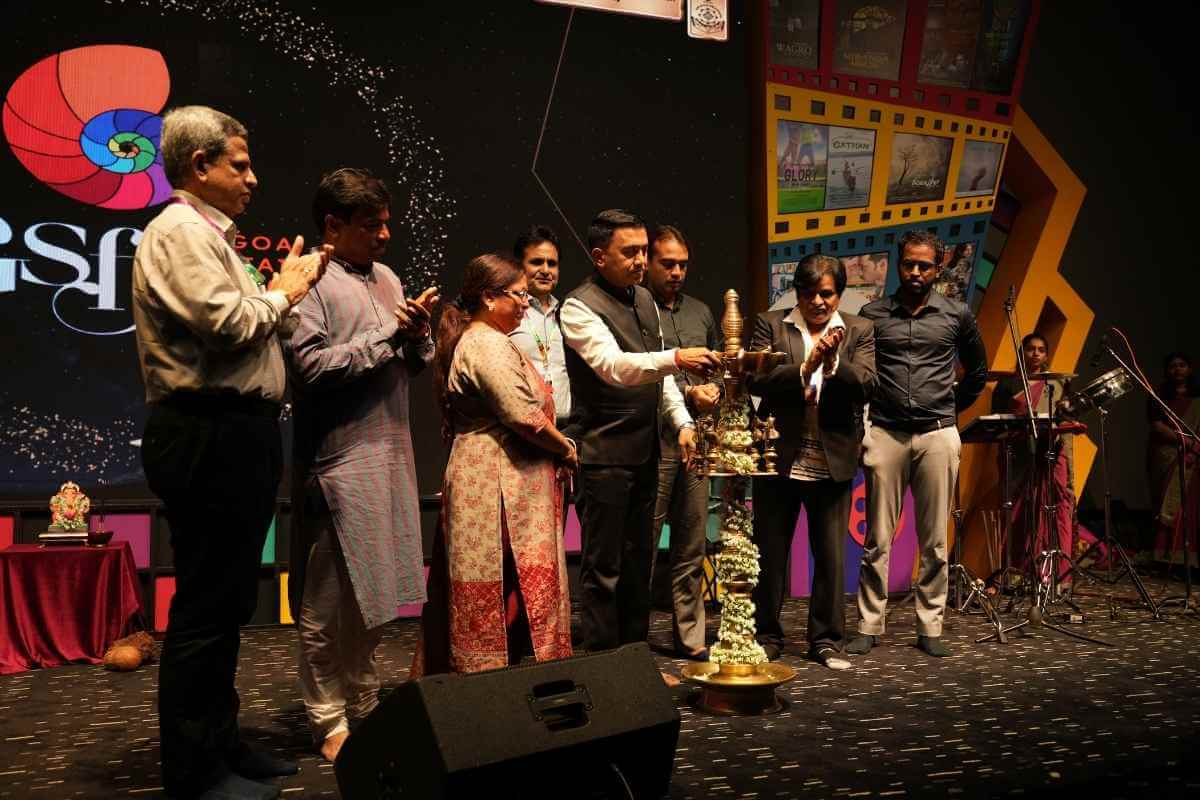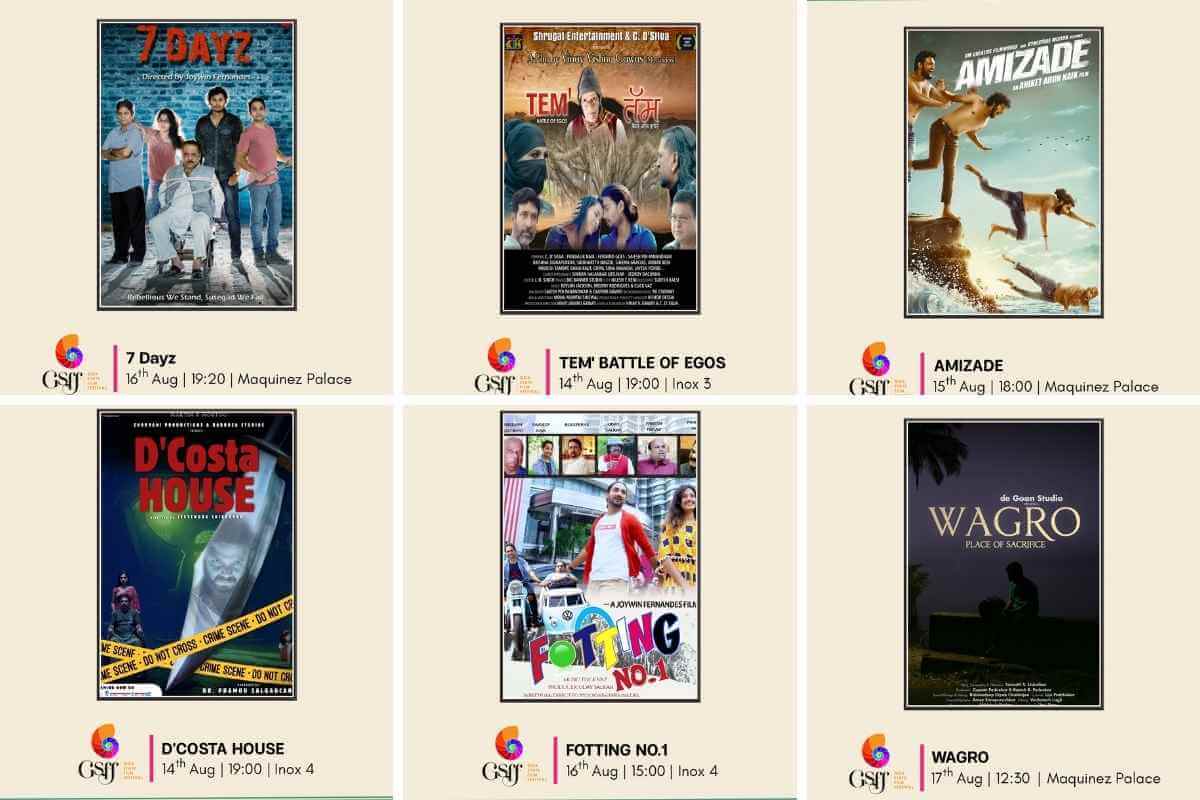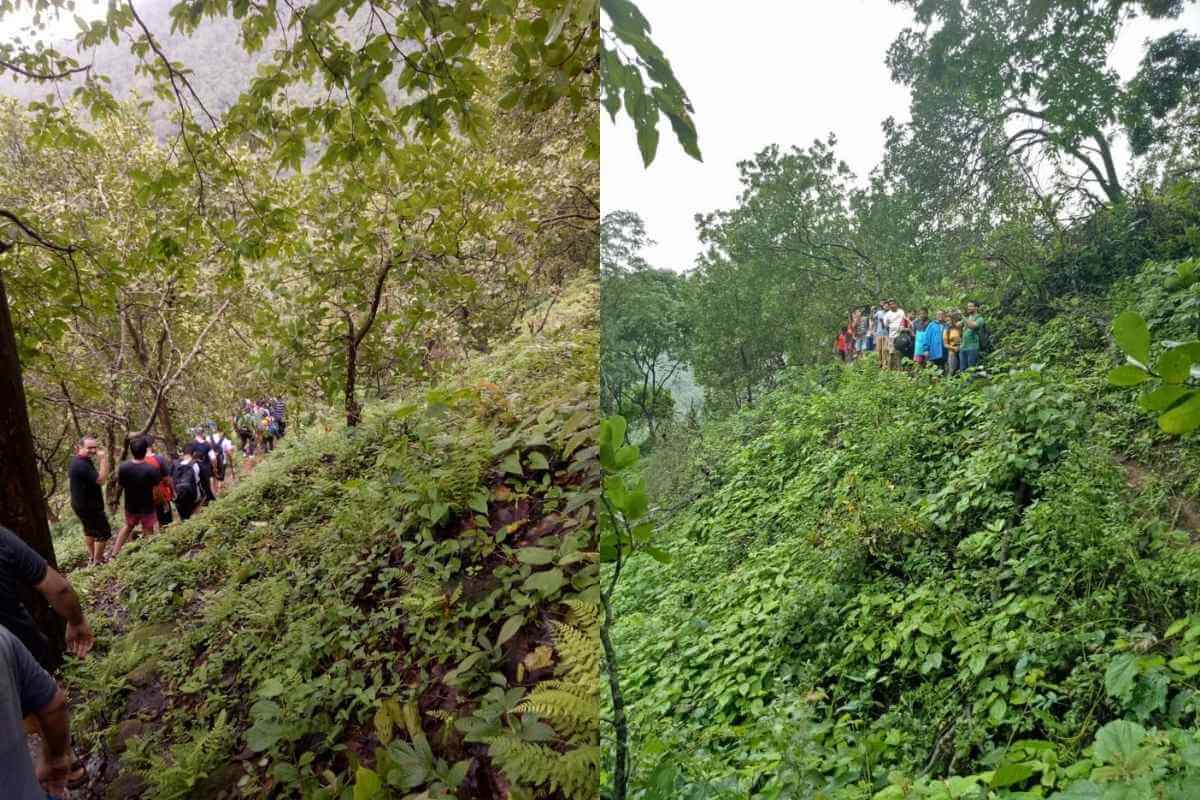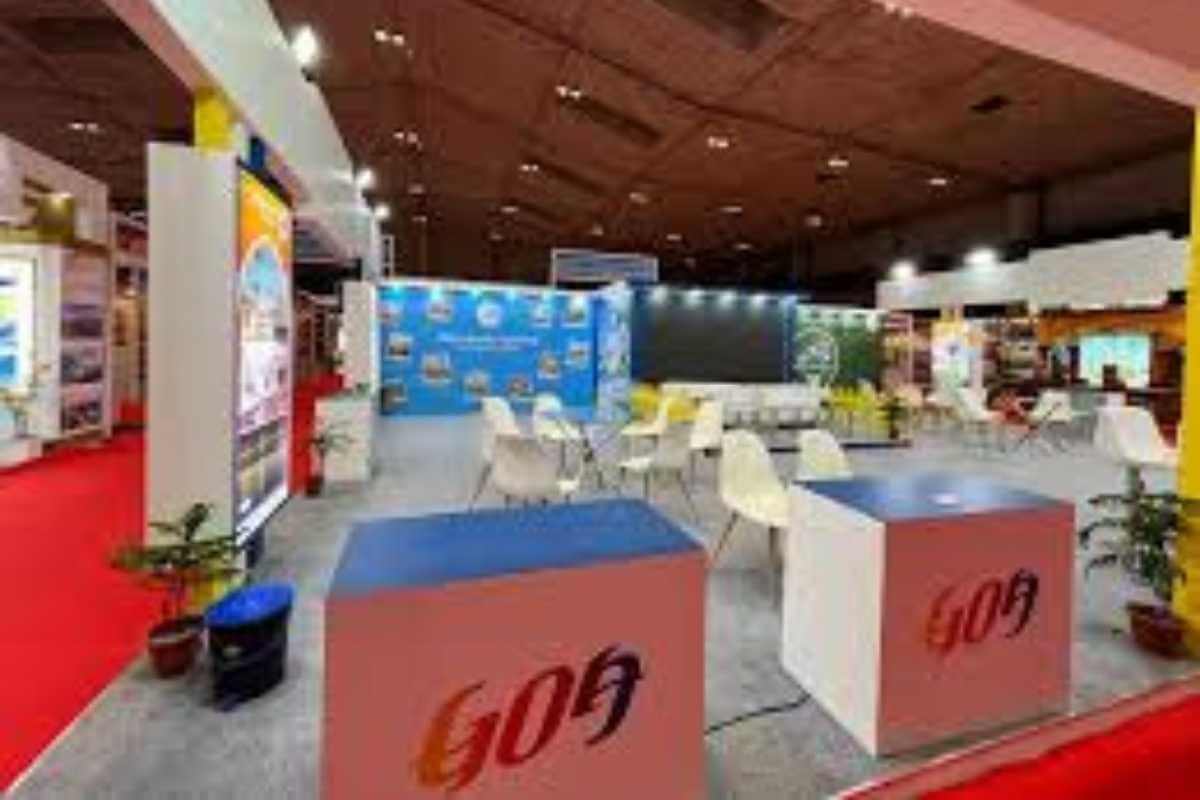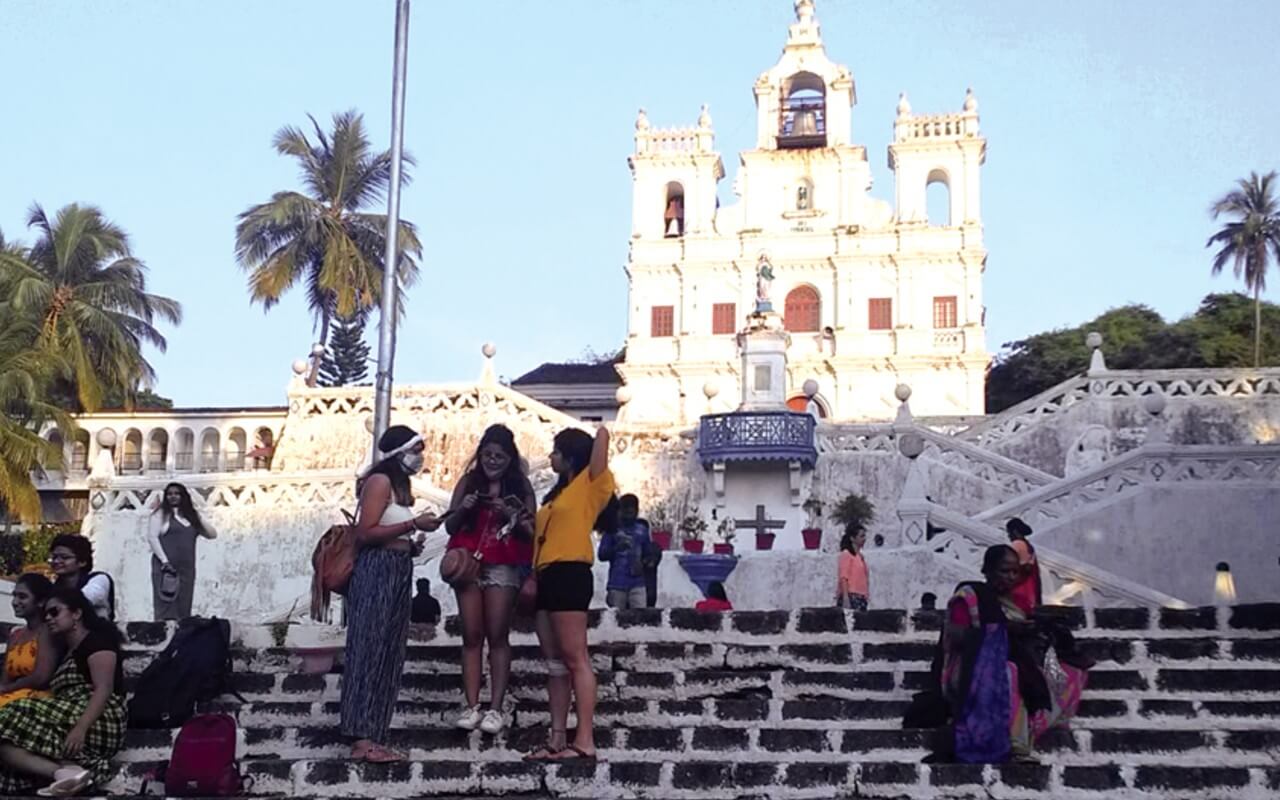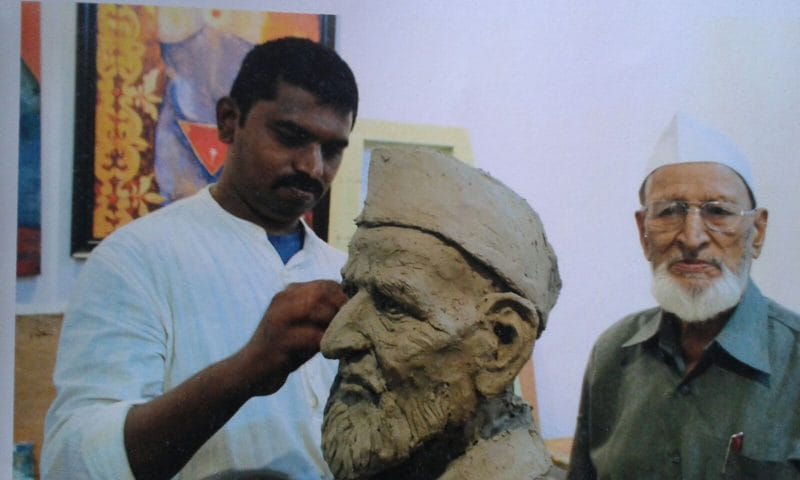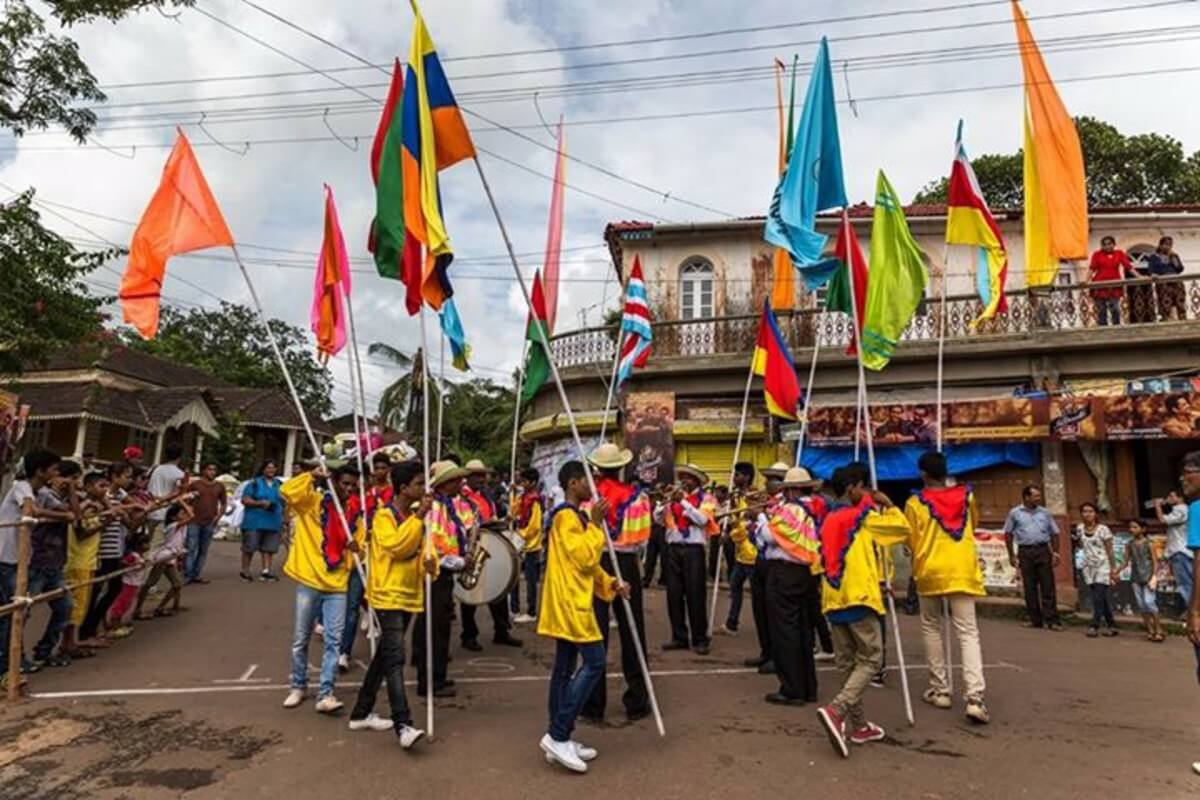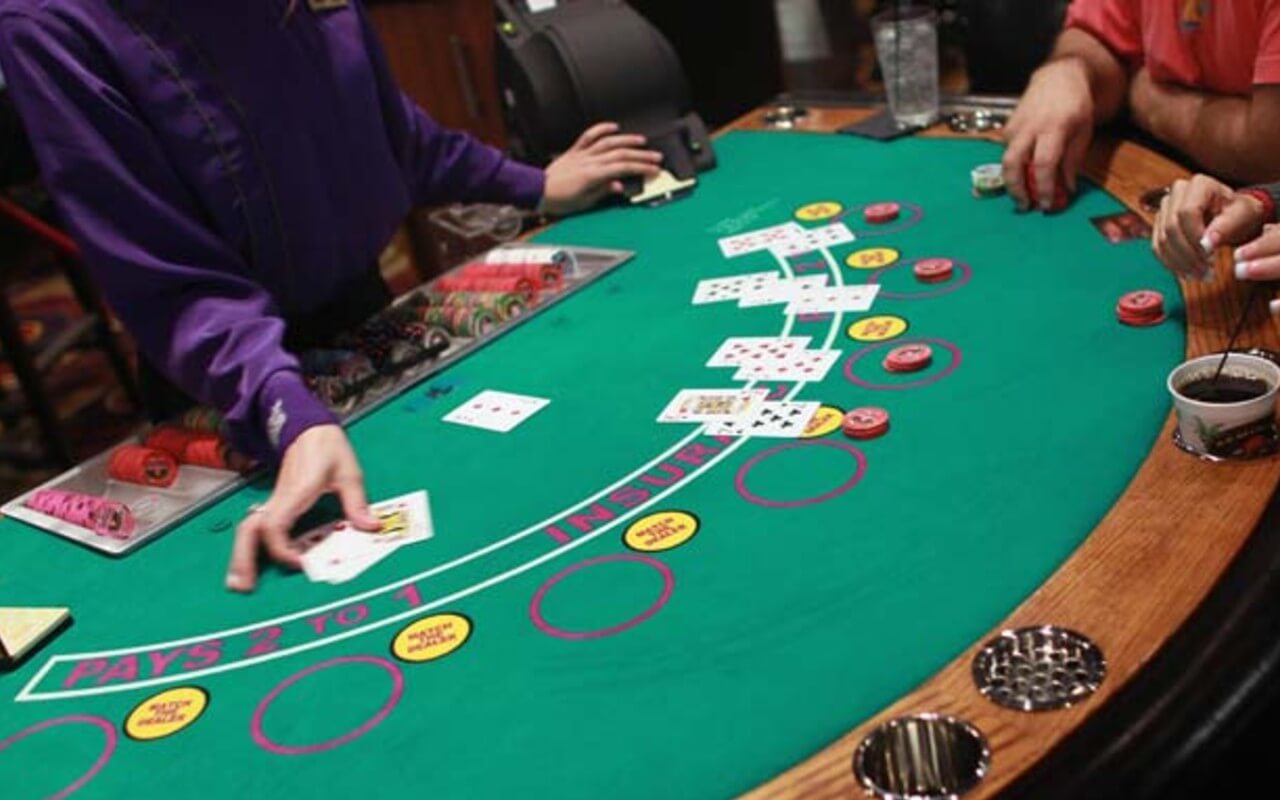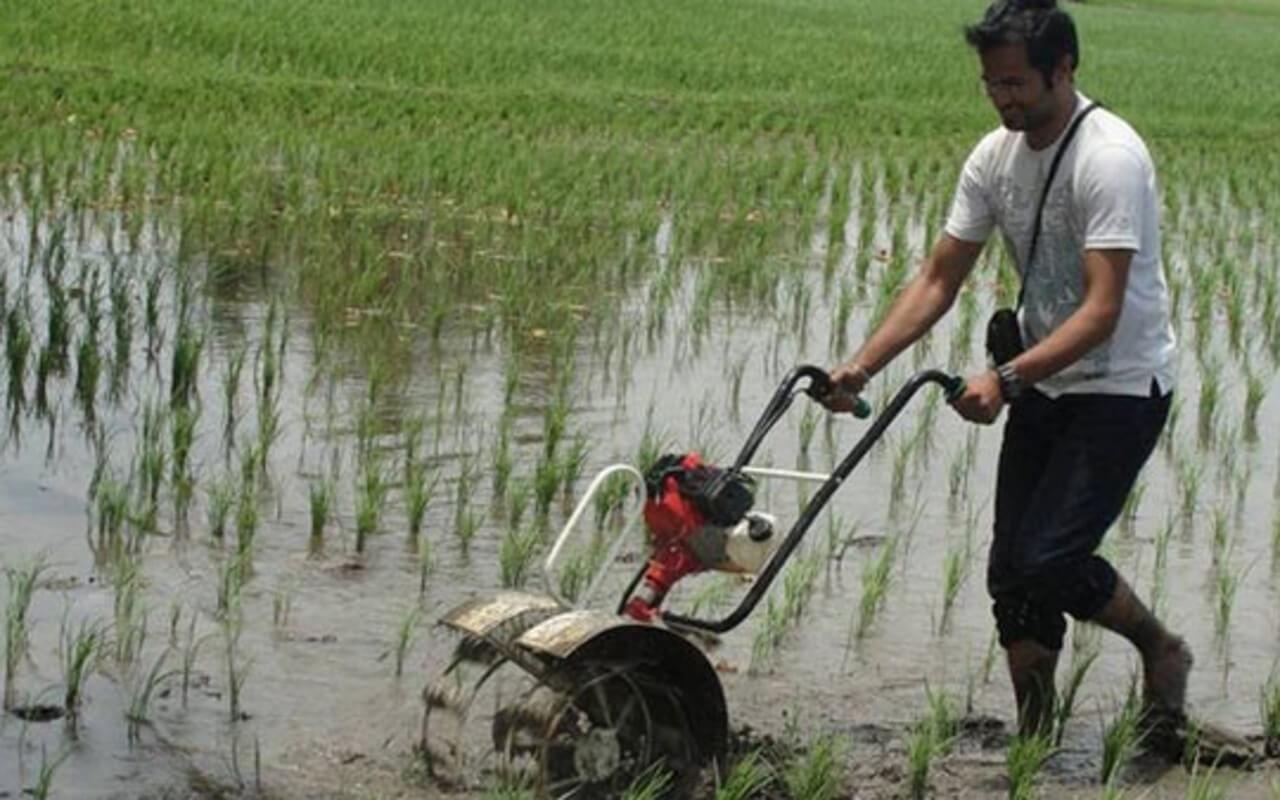In the tranquil coastal landscapes of Goa, traditional fishing villages—once thriving on abundant marine resources—are now facing an uncertain future. These time-honored communities, which have sustained generations through fishing, are gradually fading into oblivion, overwhelmed by the pressures of urbanization, tourism, and environmental degradation. What was once a harmonious relationship between people and the sea is now at risk of vanishing forever.
A Time-Honored Tradition at Risk
The fishing villages of Goa are an integral part of the state’s cultural heritage. Nestled along the sun-kissed coastline, these villages have long been home to families who have relied on the ocean for their livelihood. Fishing, guided by the tides and the seasons, has been at the heart of their economic and social structure. The rhythmic sound of waves, the scent of saltwater, and the sight of handmade nets and wooden boats are iconic symbols of a way of life passed down through countless generations.
For centuries, the people of these villages have adhered to traditional fishing methods—sustainable techniques honed over time. These methods, involving handwoven nets and hand-carved boats, are not only a source of income but are also deeply embedded in the cultural fabric of the community. Yet, this quiet existence is now under threat.
The Encroaching Forces of Urbanization and Tourism
The rapid pace of urbanization and the growing tourism industry have begun to encroach on the land and sea that sustain these fishing communities. Goa’s transformation into a global tourism hotspot has led to the construction of luxury resorts, real estate developments, and commercial infrastructure, gradually replacing the humble homes and communal spaces of the fishing villages. As a result, many families are being displaced, and forced to abandon their ancestral lands and the livelihoods they have known for generations.
While tourism has undeniably contributed to Goa’s economy, it has also posed significant challenges for these villages. Tourists, eager to enjoy the beaches and resorts, often fail to recognize the delicate balance that sustains the local fishing communities. The increasing demand for beachfront properties and recreational amenities has led to the depletion of coastal ecosystems, further disrupting fishing activities and putting immense strain on marine resources. Traditional fishing grounds have dwindled, forcing fishermen to go further out to sea in search of dwindling catches.
Environmental Challenges: A Dwindling Resource
The environmental toll on these communities is equally profound. Overfishing, pollution, and the far-reaching impacts of climate change have combined to alter the region’s marine ecosystems. The once plentiful fish stocks have decreased, pushing local fishermen to risk longer, more dangerous journeys in pursuit of a meager catch.
Climate change has exacerbated these struggles, with rising sea levels and erratic weather patterns further imperiling the survival of the villages. Coastal erosion is steadily eating away at the land, and storm surges have become an ever-present threat to the communities’ very existence. Traditional fishing practices, once honed to thrive in harmony with the environment, are now struggling to adapt to rapidly changing conditions.
Efforts to Preserve and Revive
Despite the adversity, there is hope on the horizon. Local and international organizations are rallying to preserve both the cultural and environmental heritage of Goa’s fishing villages. Sustainable fishing practices are being promoted, and marine conservation initiatives are underway to restore and protect the delicate coastal ecosystems that the villagers rely on. Furthermore, community-driven tourism projects aim to offer alternative livelihoods while protecting the region’s natural beauty.
Educational programs and cultural festivals are also helping to reconnect younger generations with their heritage. By celebrating traditional knowledge and skills, these initiatives foster a renewed sense of pride and identity within the communities. Workshops are being held to pass down fishing techniques, boat-making, and other time-honored crafts, ensuring that the next generation understands the value of their roots.
A Call for Sustainable Development
The story of Goa’s fishing villages underscores the importance of balancing development and conservation. As Goa continues to modernize and evolve, it is crucial to safeguard the cultural and ecological treasures that make the region unique. The challenges faced by these communities—displacement, loss of resources, and environmental degradation—should not be ignored. Instead, they must serve as a reminder of the need for sustainable development practices that prioritize both economic growth and environmental stewardship.
A Future for Goa’s Fishing Villages
The survival of Goa’s fishing villages hinges on collective action. The way forward requires a concerted effort to preserve the delicate balance between progress and tradition. By recognizing the cultural, historical, and ecological significance of these communities, we can ensure that their way of life does not become a relic of the past but continues to thrive in the face of modern challenges.
It is only through such initiatives that Goa’s fishing villages can endure, offering not just a glimpse into the past but also a path forward—one that preserves the cultural heritage and ecological health of this cherished coastal landscape for generations to come.




